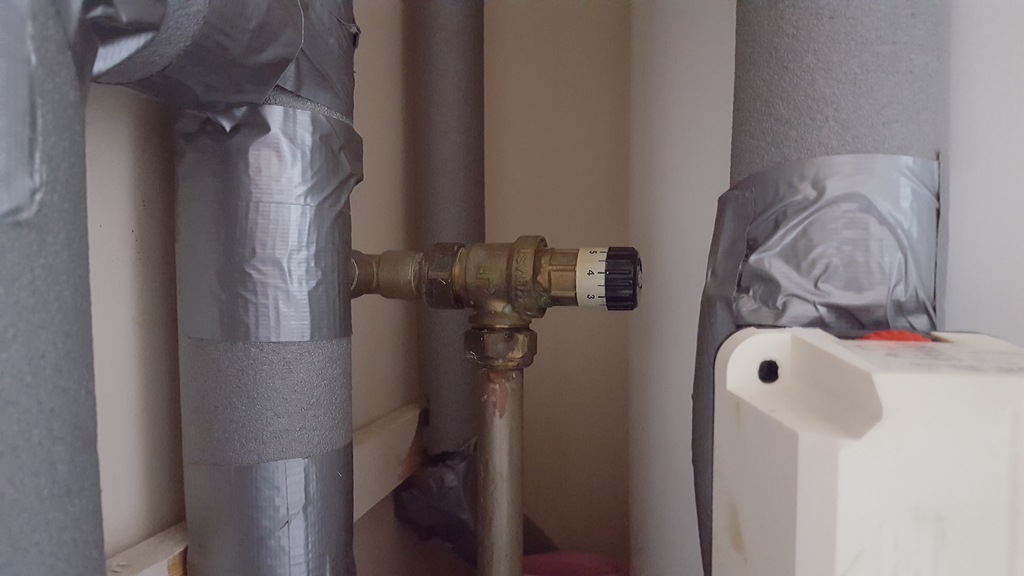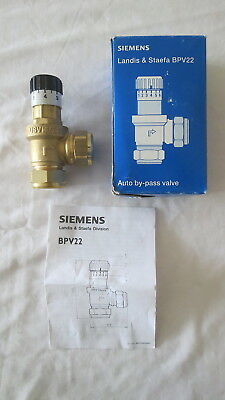Our CH system has an automatic bypass valve fitted but it has always been closed off (or at least set on the max value of '7') as we have three radiators without TRVs hence it was assumed it is not needed.
I discovered today, however, that the bypass valve appears to be passing. Specifically, measuring the pipe around 10" downstream of the bypass valve with an IR thermometer shows it pretty much tracking the flow temperature. I've always known this downstream pipe to be get warm/hot but put it down to it being a vertical tee'd into the return pipe to the boiler and hence just thought it was picking up heat from that (and perhaps conduction through the metal of the valve from the flow pipe). Only now that I've measured do I think it is actually down to hot water passing through it.

Is this a known issue that can affect these valves? If so, is there any remedy other than replacement? If not, does anyone recognised what make it is (the marking appears to be be 'USV 16/22')? Alternatively, could I just remove it and cap either side off instead, noting that we do have a free path available through rads without TRVs and the bypass has always been closed anyway?
I discovered today, however, that the bypass valve appears to be passing. Specifically, measuring the pipe around 10" downstream of the bypass valve with an IR thermometer shows it pretty much tracking the flow temperature. I've always known this downstream pipe to be get warm/hot but put it down to it being a vertical tee'd into the return pipe to the boiler and hence just thought it was picking up heat from that (and perhaps conduction through the metal of the valve from the flow pipe). Only now that I've measured do I think it is actually down to hot water passing through it.

Is this a known issue that can affect these valves? If so, is there any remedy other than replacement? If not, does anyone recognised what make it is (the marking appears to be be 'USV 16/22')? Alternatively, could I just remove it and cap either side off instead, noting that we do have a free path available through rads without TRVs and the bypass has always been closed anyway?


